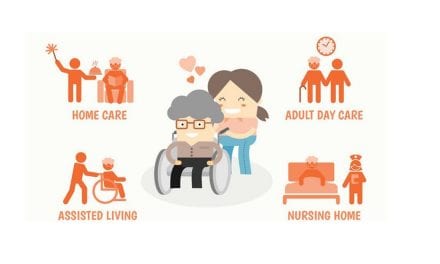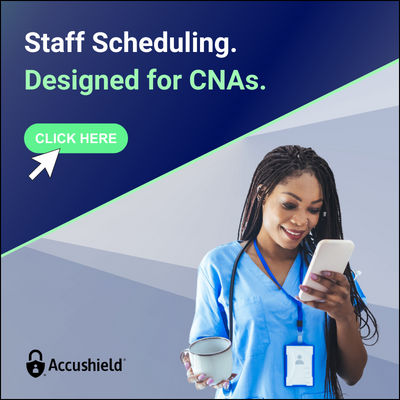By Susan Saldibar
Who would think that technology would be able to do something that people never seem to be able to do — bring sales and marketing together? And yet it can. Lynn Madderra, VP of Operations for Continuum CRM (a Senior Living Foresight partner), was part of an implementation that made a big difference in just a few weeks.
The “big difference” came in the form of a larger number of highly qualified leads coming through the pipeline with potentially faster move-ins (assuming they were worked correctly). How they got there? By turning sales and marketing into a powerhouse team and introducing a new interactive methodology they refer to as “Intelligent Prospect Engagement”.
“This was a situation in which sales and marketing not only worked in separate, non-integrated platforms, but rarely spent time in the same room or even on a shared phone call,” Lynn tells me.
The marketing department was already using HubSpot to automate much of the digital experience for their prospects. “We met with the sales and marketing leaders early on to define sales process and document requirements for the CRM project,” she says.
Here is what she heard from the sales and marketing leaders:
- Our salespeople need to see what the prospects are doing online to help them formulate their message to their prospects.
- We need to know when someone is beginning the move-in process so we can take them out of the marketing workflows.
- We currently spend hours every month manually synchronizing contact information into our marketing automation platform.
So, the real question from them was, “Can we synchronize HubSpot information into Continuum and leverage its dashboard capabilities to produce a Marketing Manager’s dashboard?”
The answer from Continuum was “yes” and they went to work to set up the integration between HubSpot and Continuum, tweaking their training materials and sessions to include instructions on how the integration worked and how both the sales and marketing teams would benefit.
After using the system for a few weeks, the results exceeded expectations, according to Lynn. “No longer did our client have 2 disconnected functions,” Lynn says. “They had team members working together to achieve the same goal: quality prospect engagement and more well-qualified leads. And we know that will can result in more move-ins.”
So, the combination of Continuum and HubSpot has enabled the following:
- The Marketing team can now view dashboards and run reports in Continuum.
- They now have the ability to drill down into the prospect details to understand the progression of the buyer’s journey.
- Via an integration link, the team can review the prospect’s full digital profile from HubSpot before engaging with them.
- Because the HubSpot lead score was synchronized to the Continuum prospects, the sales counselors could use it to focus their attention on individuals who were ready to progress in the buyer’s journey.
As Lynn explains, by using the combination of lead scoring, along with the prospect’s full digital profile, the team was able to interact with prospects in a fresh, more meaningful way, using Intelligent Prospect Engagement principles.
This makes a lot of sense, especially for sales counselors who often fall back to old ways of moving everyone through the funnel using the same standard messaging. But, as is always the question, “How do you even begin to get to this point?” So, I asked Lynn how senior living communities can start to make the migration away from the old style of sales and marketing to a new, integrated approach. She shared her suggestions:
- Start with a marketing/sales cultural change:
- Strategize and plan together. No more separate meetings.
- “Both teams need to be on the same page when it comes to the buyer’s journey,” Lynn says.
- Truly integrated sales & marketing can influence the prospect at every stage of the journey.
- Marketing can better support the sales efforts with meaningful marketing messages.
- Choose platforms that support and reinforce a cohesive sales and marketing culture.
- Marketing Automation:
- Enable marketers to touch prospects at defined points in their journeys.
- Enable marketers to set up responsive workflows based on a prospect’s interests or actions.
- CRM, which must have the sophistication to:
- Help salespeople be proactive and prepared.
- Gather the right information at the right time.
- Enforce the sales process particular to your organization.
- Marketing Automation:
- Integrate the two teams, creating a bi-directional flow of intelligence. This achieves the following:
- Provide sales with sufficient intelligence gathered from the marketing platform to be as prepared as possible to engage the prospect in an intelligent, more meaningful way (Intelligent Prospect Engagement).
- Create a feedback loop from the CRM for Marketing to keep their messaging relevant, and to be an aid to the process, not a detriment.
Two additional points that Lynn wants to make. You don’t need to be using HubSpot to make this happen, although the robust platform has many useful and value-added features. The second point is that this doesn’t happen overnight. “You have to first get sales and marketing to begin thinking as a team,” Lynn says. “When they have the right set of tools and the same goals, together they can become a powerful force for lead generation. I know. I’ve seen it done. You can do it too.”
Continuum CRM has put together a useful guide on bringing sales and marketing together and how you can achieve intelligent prospect engagement within your community. You can download it here.
For more information about Continuum CRM, please visit their website.








